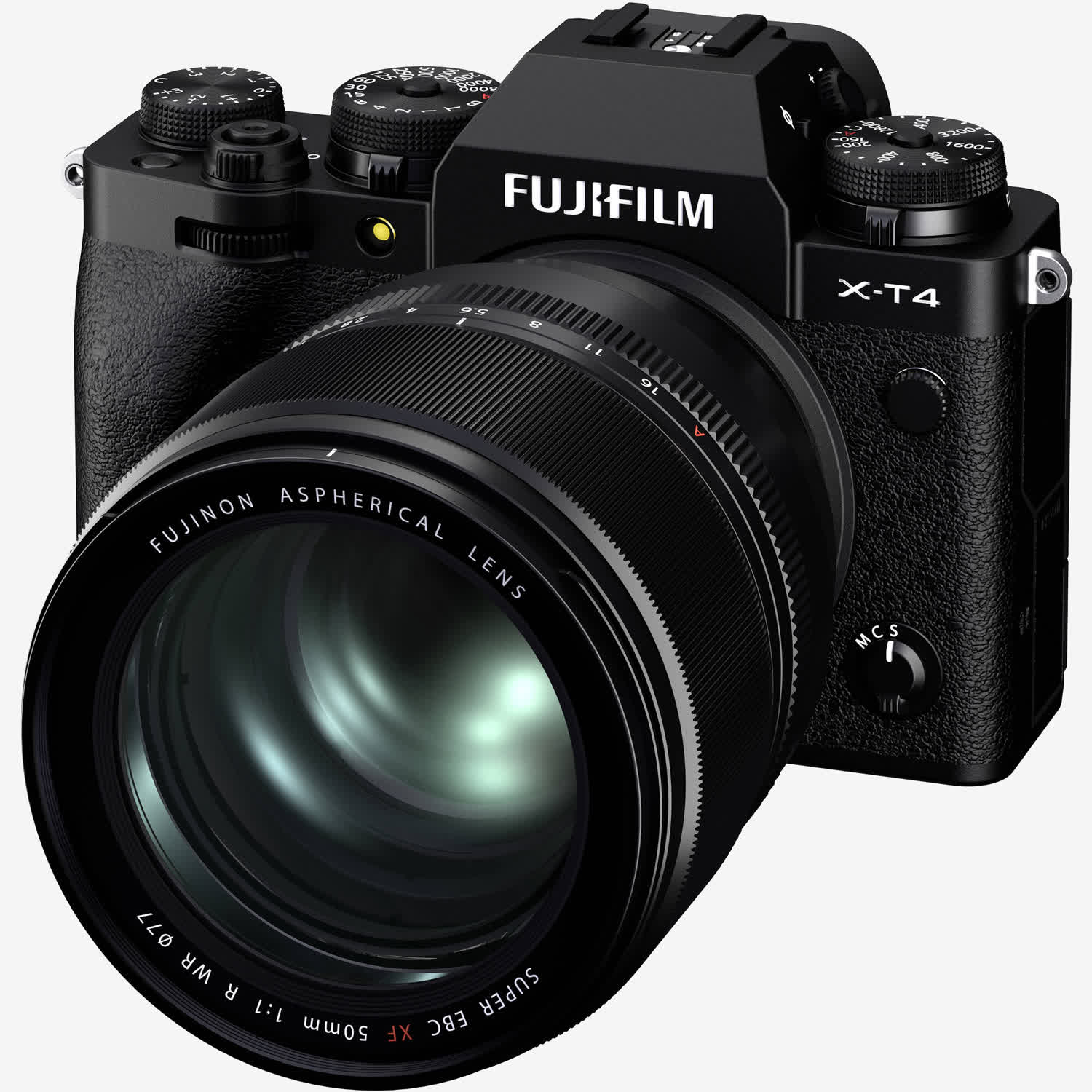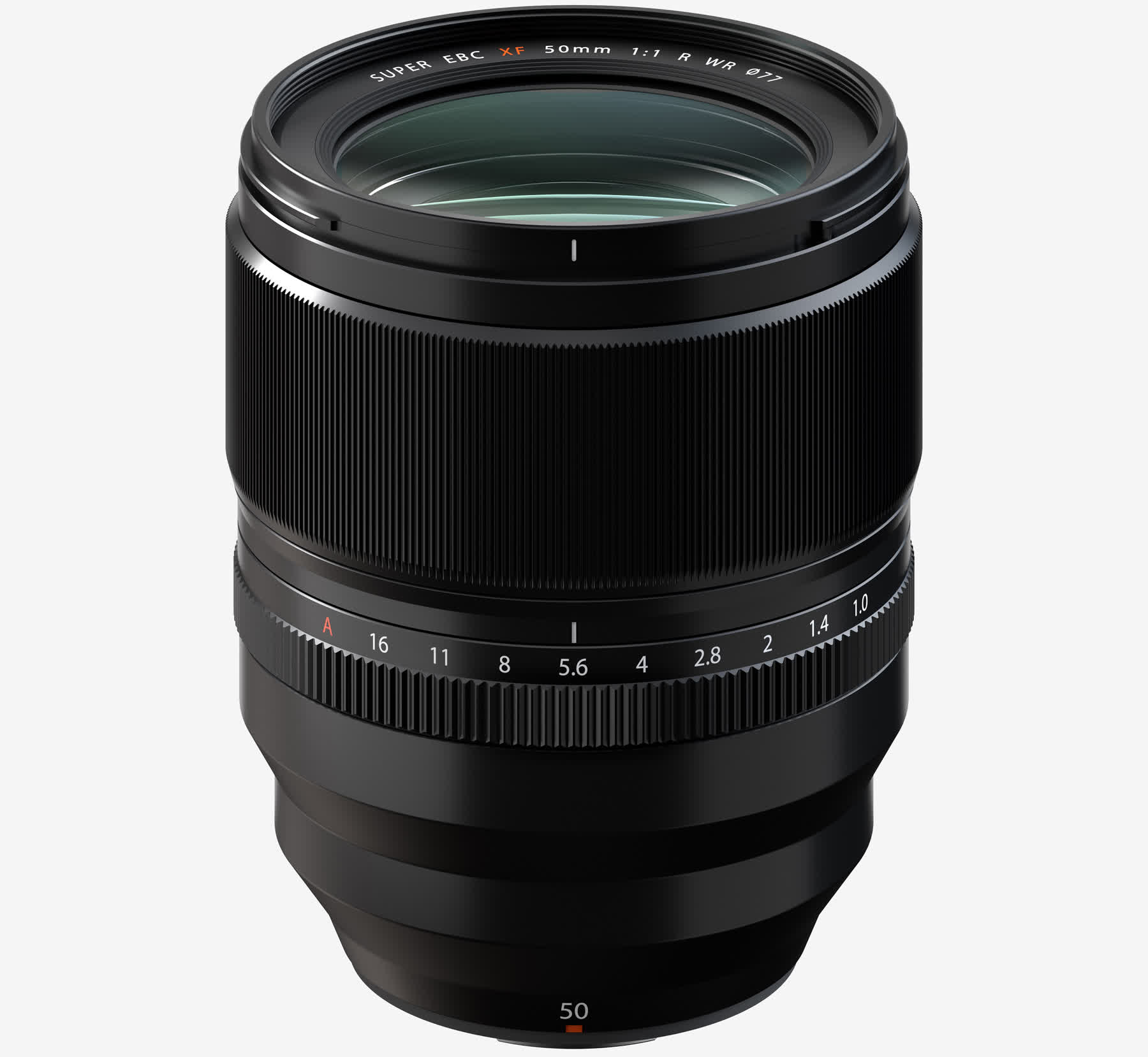In brief: The new Fujifilm XF 50mm f/1.0 R WR lens is a portrait-length prime (fixed length) lens that’ll likely appeal to low-light shooters and those with the sort of creative eye to take advantage of that shallow depth of field.

Fujifilm has introduced what it is calling the world’s first f/1.0 aperture lens with autofocus capability for a mirrorless digital camera.
The lens features 12 elements, including one aspherical element to cut back on spherical aberration and two ED elements that limit color fringing and chromatic aberrations, in nine groups. The Super EBC coating is said to suppress flare and ghosting for improved contrast when shooting in bright or backlight conditions while the weather sealing should allow for shooting in and out of the elements (no pun intended).

Compatible with Fujifilm’s X Series, the lens uses a 77mm filter, measures 3.43 inches x 4.07 inches and tips the scales at 1.86 pounds.
Several publications and stores have already posted previews of the XF 50mm f/1.0 and based on what we’re seeing thus far, it seems incredibly impressive. Adorama’s shoot is especially appealing as they used busted monitors to serve as makeshift lighting.
Interested parties can pre-order the Fujifilm XF 50mm f/1.0 R WR lens from outlets like B&H Photo and Adorama for $1,495.95 (no camera included).
Look for it to ship later this month.
https://www.techspot.com/news/86641-fujifilm-announces-xf-50mm-lens-f10-aperture.html
